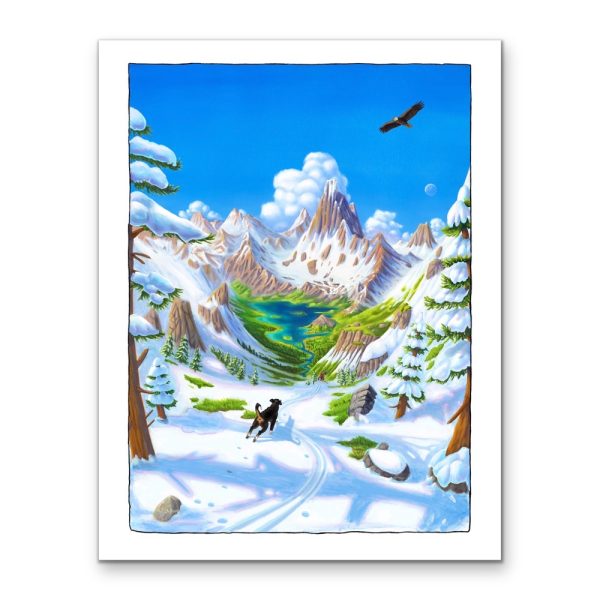Description
Frakt vil etterfaktureres
Grunnet størrelsen og materialet kunstverket er laget av vil kostnad for transport etterfaktureres. Vi anbefaler derfor å ta kontakt før bestilling.
Leveringstid
På dette produktet vil ikke vår 3 dagers forsendelsesgaranti gjelde. Det kan tilkomme produksjonstid. Ta kontakt før bestilling hvis du vil vite leveringsttid.
Beskrivelse fra Guttestreker:
Throughout “The roaring twenties” alcohol was banned in the United States and this gave the mafia huge revenues, with Al Capone in the lead. People did not drink any less, than before Prohibition, but the market only moved into the shadows, where the criminals welcomed them with open arms. Eventually, the authorities understood that the laws were counterproductive and in 1933 it became legal to enjoy the alcohol that was and is a large part of the culture. A few years before the authorities came to their senses, a renowned “Crazy Racist”, named Harry J. Anslinger, became head of Bureau of Prohibition, which later became the DEA. He had two main enemies in his life, namely Mexicans and coloured people which where groups with widespread marijuana smoking. So, when alcohol became legal again and he had no one to pursuit, he tried to persuade the authorities to make the plant illegal. He did, and in 1946 he stood in front of the United Nations and tried to persuade the whole world to make drugs illegal. A representative from Thailand stood up and said that they had had legal opium use in their country for many years and did not think this type of legislation would work for them, in the same way that it had not worked in the states. Then Anslinger responds iconically, “Don’t come here and confuse me with your facts, I’ve made up my mind.” A clear metaphor for the drug policy pursued in many countries today, including Norway. 25 years later, Nixon officially started his “War on Drugs” where the main motivation was to imprison his political opponents who were the coloured and the anti-war movement.
In nature, it is common to get high, everything from reindeer, cats, birds and ants has been shown to have a propensity for intoxication. This is obviously part of our nature. By making drugs illegal, you create a market for criminals, where they must fight for their market share. The Big Pharma industry, on the other hand, has a monopoly on its versions of the same drugs. Like Perdue Pharma’s version of opium called Oxycontin. The firm tricked doctors in the U.S. into thinking the drug was less addictive than other opiates, even though they knew it wasn’t the case. Through bonus schemes to doctors, they pumped the population full of opiates, which has led to the opioid crisis in which millions of Americans have become addicted to the drug. In Norway alone, more than 200 people die from overdose each year, about 80% of which are from pills prescribed by a doctor.
Although it is natural to get high, the environment has an enormous impact. There is a well-tested experiment called “Rat Park” that involves putting a rat alone in a cage with two water bottles. One with opiates, the other one with only clean water. Then the rat drinks only off the one with opiates. If, on the other hand, you put the rat in a big cage, along with many other rats and with lots of fun things they can do, they only drink from the clean water. This is very clear evidence that the environment has a lot to say about drug use. If, therefore, we could use the resources used by the police and the judiciary to conjure up drug addicts in search of their medicine and ordinary people who just want to enjoy themselves, to create good conditions for growing up and to rehabilitate people who need help, we would have a completely different society, with lower crime rates and more productive citizens.




